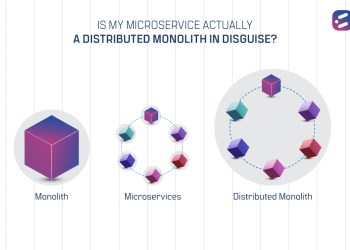Optimizing data architecture is an important part of your application development process. Data in MySQL is generally stored in the record format, and when the data is called from the database by UI/UX or any other function, Java converts the data format to JSON before sending it to the client.
 Data saved in record format
Data saved in record format

Data saved in JSON format
Retrieve data faster by storing it as JSON
Conversion from row data to JSON is an extra layer of effort, and it takes more time and processing power to complete the action.
Exporting MySQL data to JSON can be done using any of the following methods:
- Using the CONCAT() and GROUP_CONCAT() functions
- Using JSON_OBJECT and JSON_ARRAYAGG functions
- Using MySQL Shell and JSON Format Output
- Using third-party software such as ApexSQL Database Power Tools for VS Code
Since version 5.7.8, MySQL has supported the JSON data type and allowed users to save in JSON format directly. However, since record format is the default, many users prefer to continue with this more traditional data format. By investing in the right data architecture services, you can optimize your data formats and data types to get the most out of your data architecture.
What is the JSON data format?
JSON, or JavaScript Object Notation, is a lightweight data-interchange format that’s similar to other data types. The storage size of a JSON document (also known as a NoSQL database) is around the same as that of LONGBLOB or LONGTEXT data.
Now that MySQL can store JSON data in binary format, the server can efficiently store, search and retrieve JSON data from the MySQL database.
When do you use it?
JSON data stores configuration data of multiple attributes. For example, let’s say you have the attributes of a customizable character in a game. One player’s character may have a hat, while another may have shoes a particular shade of red. All these data points can be captured in JSON tabular data.
How do you use it?
The syntax for a JSON column is column_name JSON. Data can be stored as JSON in MySQL by using the JSON data type.
Why should you use it?
The JSON data type provides certain advantages over storing JSON-format strings in a string column:
- Automatic content validation: When you’re adding JSON data to MySQL, the database automatically confirms that the data format fits the data and doesn’t allow you to save it if it doesn’t match.
- Faster data transfer: All calls from other clients require data conversion from record to JSON. Saving data directly in JSON makes data transfer more efficient. In addition, JSON can have a substantially lower character count, reducing the overhead in data transfers.
- Readability: Since JSON data is saved in text format, not XML, it’s more easily readable by the human eye.
- Easy exchange: JSON is helpful when it comes to data exchange between heterogeneous systems since you can also use the JSON format with other programming languages.
- Potential to combine and store: JSON documents with multiple keys and value attributes can be saved in the same document.
What are the disadvantages of using JSON?
- Indexing: MySQL doesn’t support indexing of JSON columns, which means that if you want to search through your JSON documents, you could trigger a full table scan. A JSON column cannot be indexed directly. However, if you wish to perform more efficient searches, you can generate a column with values extracted from the JSON column, on which you can create an index.
- Limited storage: JSON documents stored in MySQL can only reach a theoretical maximum size of 1GB.
- Inefficient storage: JSON could be more storage efficient. If your priority is optimizing data architecture by prioritizing storage efficiency in your database schema, you may be better off with more traditional data types such as INT, CHAR, VARCHAR, and the like.
At CloudNow, we understand that using the correct data types and formats is key to optimizing your data architecture. That’s why we stay up-to-date with the functionalities available on MySQL and the benefits of using different data types for different requirements, to provide top quality data architecture services.







